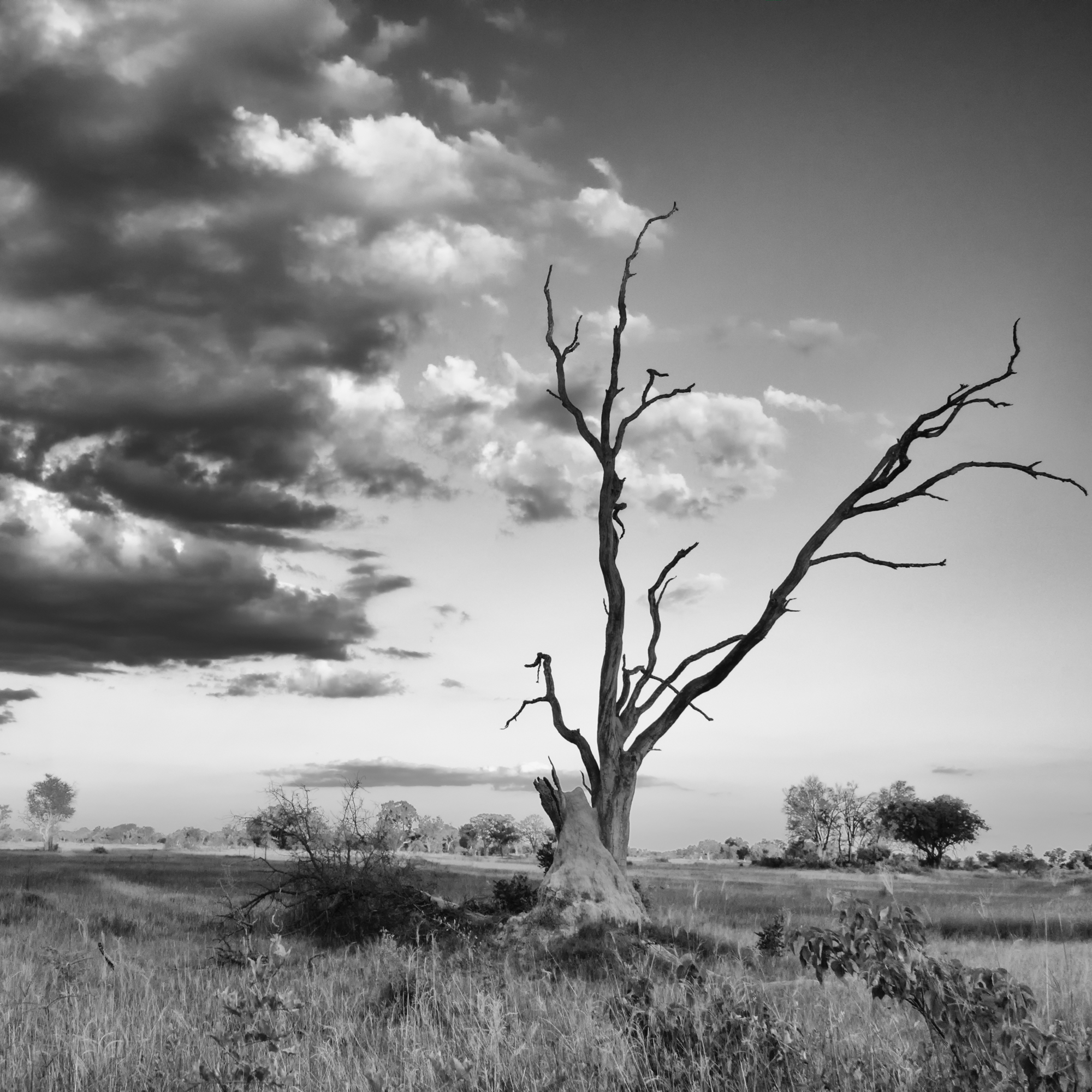



Showcasing the beauty of Mother Nature



This week, I felt inspired to play around in Topaz Impressions and create some of my artistic impression images. Or as I like to say, what I would paint, if I could paint :).
Next week, I am going to try and work with the new AI Sky Enhancer that Luminar just released.
Wishing everyone a fantastic week ahead!





I met a friend for a tea and a visit last week, and as she also feels a connection to elephants, I started telling her about the elephant encounter I had on the last day of my last safari trip. Since I still had a few flagged images from that sighting that I wanted to edit, I thought they’d make a great post for today.
I posted a bit of the story of these elephants before, which you can check out here if you’d like, along with a couple more images.
I hope you enjoy my selection of images, and hope you have a wonderful week ahead.




My favourite animal to spend time with on safari 🙂



Since it has been far too smoky to get out shooting, I decided I needed a theme for my Luminar editing this week, and I decided on elephants (surprise!). I’ve not watched any more Luminar tutorials this week, but I have decided for the balance of the month I am going to search out resources on Luminar for Windows, as the program is a bit less advanced than the Mac version.
I actually tried to edit an image on my Windows computer using Luminar, but got frustrated with a clone and stamp issue and gave up. Currently, I’m letting that computer download the latest update while I write this, so perhaps the issue will be resolved with the latest version.
Editing elephant images has given me a chance to work with a variety of tools to bring out texture and contrast. An elephant’s wrinkly skin is such a wonderful feature, and raw files really need to be worked with to bring that back to life. I’ve found that Luminar does an excellent job with this, but you definitely need a gentle hand with the adjustments as they can go up to 11 very quickly. The other feature I am enjoying on Luminar is the Accent AI slider. It analyzes an image and tries to adjust automatically for exposure, contrast, clarity, saturation… but like the filters that affect details, I find it it needs to be used with a gentle touch, otherwise the image starts to look overdone.
I hope you enjoy my selections for the week. Wishing everyone a great week ahead.





My Mom was looking for some elephant images to hang up, and originally thought she would like a sepia tinted photo, so I worked on this edit for her in Luminar.
In the end we decided a colour image would look better in the frame that she had, but at least I had another opportunity to do some editing of my very favourite animal.
Wishing everyone a fantastic week ahead!


Since today is Mother’s Day, I decided to create painterly edits of some of the mama’s from the bush. I’ve selected images that will make my Mom smile; I hope you enjoy them too.



